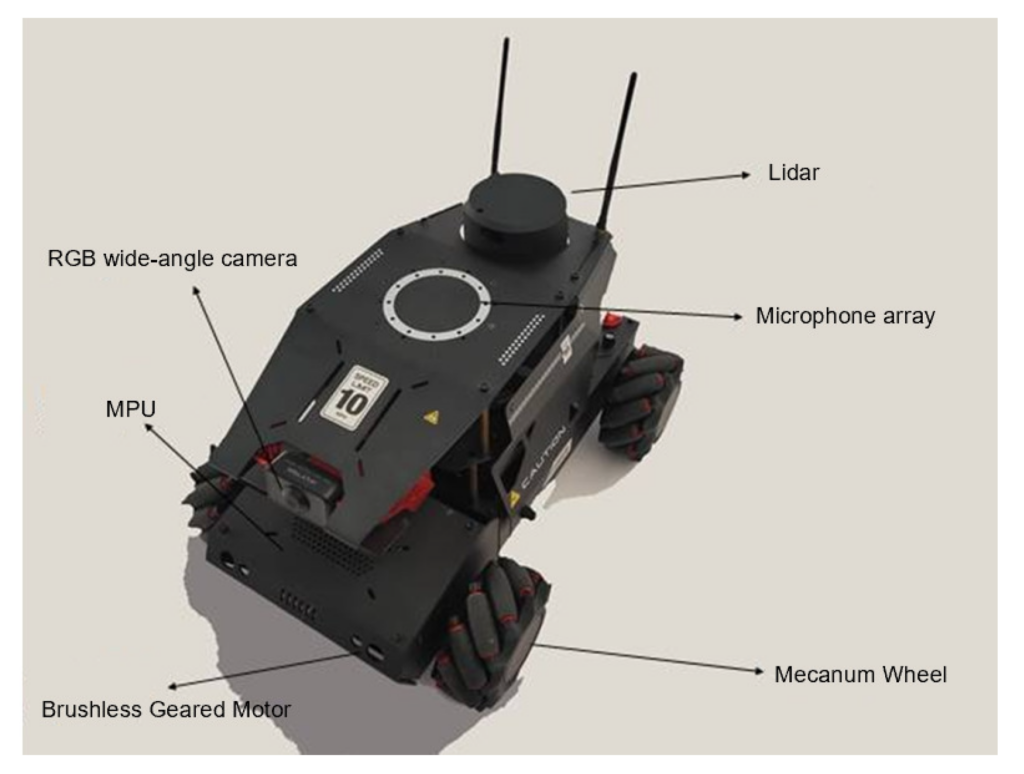How to build an autonomous mobile robot for delivery?
Building an autonomous mobile robot for delivery can be a challenging yet rewarding project. With the rise of e-commerce and the demand for efficient delivery services, autonomous robots are becoming increasingly popular in the logistics industry. In this guide, we will walk you through the steps to build your very own autonomous mobile robot for delivery.
Step 1: Define your requirements
The first step in building an autonomous mobile robot for delivery is to define your requirements. Consider factors such as payload capacity, range, and terrain compatibility. This will help you determine the size and specifications of your robot.
Step 2: Select the components
Once you have defined your requirements, it’s time to select the components for your robot. You will need to choose a chassis, motors, wheels, sensors, and a microcontroller. Research different options and compare prices to find the best components for your budget.
Step 3: Build the physical structure
With the components in hand, you can start building the physical structure of your robot. Assemble the chassis, mount the motors and wheels, and attach the sensors. Make sure everything is securely fastened and connected correctly to avoid any issues later on.
Step 4: Program the robot
Programming is a crucial step in building an autonomous mobile robot. You will need to write code to control the motors, read sensor data, and implement obstacle avoidance algorithms. If you’re new to programming, there are plenty of resources available online to help you get started.
Step 5: Test and refine
Once your robot is built and programmed, it’s time to test it out. Start with simple tasks and gradually increase the complexity to ensure your robot can handle different scenarios. Use the data from the tests to refine your code and make improvements to the design.
Step 6: Implement autonomous navigation
To make your robot truly autonomous, you will need to implement navigation algorithms. This can include mapping technologies, path planning algorithms, and obstacle detection systems. With these in place, your robot will be able to navigate its environment and make deliveries autonomously.
Step 7: Monitor and maintain
Once your autonomous mobile robot is up and running, it’s important to monitor its performance and maintain its components. Regularly check for wear and tear, update the software as needed, and make any necessary repairs to keep your robot in top condition.
Conclusion
Building an autonomous mobile robot for delivery is a complex but rewarding project. By following the steps outlined in this guide, you can create a robot that is capable of handling deliveries autonomously. With the right components, programming skills, and testing procedures, you can build a robot that meets your specific requirements and helps you streamline your delivery operations.
How to build an autonomous mobile robot for delivery?
Building an autonomous mobile robot for delivery can be a challenging yet rewarding project. With the rise of e-commerce and the demand for efficient delivery services, autonomous robots are becoming increasingly popular in the logistics industry. In this guide, we will walk you through the steps to build your very own autonomous mobile robot for delivery.
Step 1: Define your requirements
The first step in building an autonomous mobile robot for delivery is to define your requirements. Consider factors such as payload capacity, range, and terrain compatibility. This will help you determine the size and specifications of your robot.
Step 2: Select the components
Once you have defined your requirements, it’s time to select the components for your robot. You will need to choose a chassis, motors, wheels, sensors, and a microcontroller. Research different options and compare prices to find the best components for your budget.
Step 3: Build the physical structure
With the components in hand, you can start building the physical structure of your robot. Assemble the chassis, mount the motors and wheels, and attach the sensors. Make sure everything is securely fastened and connected correctly to avoid any issues later on.
Step 4: Program the robot
Programming is a crucial step in building an autonomous mobile robot. You will need to write code to control the motors, read sensor data, and implement obstacle avoidance algorithms. If you’re new to programming, there are plenty of resources available online to help you get started.
Step 5: Test and refine
Once your robot is built and programmed, it’s time to test it out. Start with simple tasks and gradually increase the complexity to ensure your robot can handle different scenarios. Use the data from the tests to refine your code and make improvements to the design.
Step 6: Implement autonomous navigation
To make your robot truly autonomous, you will need to implement navigation algorithms. This can include mapping technologies, path planning algorithms, and obstacle detection systems. With these in place, your robot will be able to navigate its environment and make deliveries autonomously.
Step 7: Monitor and maintain
Once your autonomous mobile robot is up and running, it’s important to monitor its performance and maintain its components. Regularly check for wear and tear, update the software as needed, and make any necessary repairs to keep your robot in top condition.
Conclusion
Building an autonomous mobile robot for delivery is a complex but rewarding project. By following the steps outlined in this guide, you can create a robot that is capable of handling deliveries autonomously. With the right components, programming skills, and testing procedures, you can build a robot that meets your specific requirements and helps you streamline your delivery operations.



